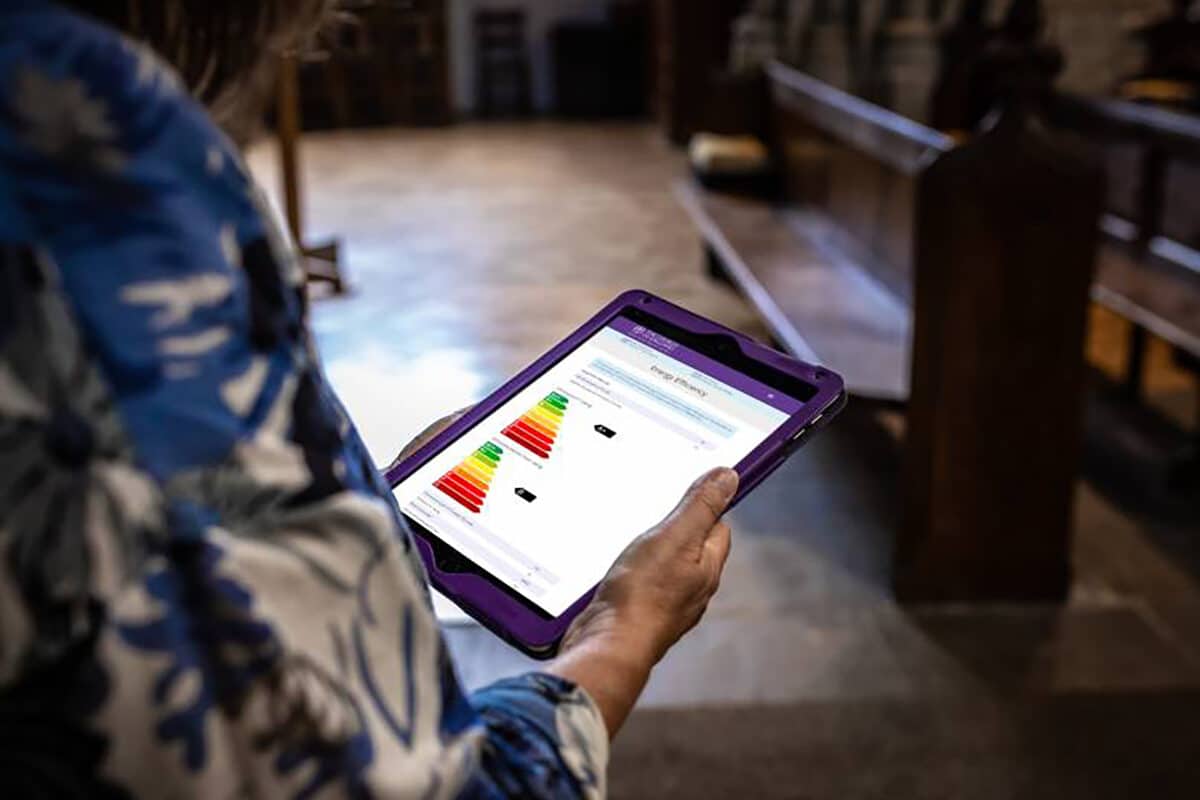The national Church of England Energy Footprint Tool (EFT) is now open for churches to enter their energy use from 2023.
Entries from 2022 have to be in by 31st July 2024. This is now the second year with this deadline, which is earlier than previous years. Hopefully churches will be getting used to logging on and entering their information to the new timetable. It will help the Church of England to report results from all over the country in good time before next year.

Why do we need the EFT?
In 2020, the Diocese of London, with the Church of England, set itself the target of achieving net zero carbon (CO2e) by 2030.
The Diocese needs to track progress by measuring churches’ use of energy. The EFT calculates emissions of CO2 from those measurements.
Most of churches’ emissions come from energy used by their buildings (mainly electric and gas for light and heat). Therefore the energy use of church buildings needs to be radically reduced, while still keeping the church warm and well lit.
As everyone knows, our energy use also needs to be cut to the bone because it has become so expensive.
How to make your entries
Your entries can be made at Church of England Annual Parish Returns. You’ll need first to gather together:
- Names of your gas and electricity suppliers, and whether they supply 100% renewable energy or offset your consumption
- Utility bills for whole of 2021, and/or meter readings from the beginning and end of the year
- Bills for any purchases, including oil if you still use oil
- Other heating systems you may have eg heat pumps, capacity of your solar PV panels (if any), and units generated during the year.
Don’t forget to enter data for any separate hall or other building(s) on the site, as well as the church itself. You’ll need to enter:
- Size of the church and any hall in square meters.
The system is set up to give you ratings for efficiency compared to the church’s size and how busy it is.
So you can also enter estimates of numbers attending services and using the buildings at other times, and details of work-related travel by church staff. This helps to get a full picture of how you’re getting on with improving your efficiency.
For more information including an introductory video, see Energy Footprint Tool.

